A Juniper firewall—most prominently delivered as the SRX Series Next-Generation Firewall (NGFW)—is Juniper Networks’ integrated security solution designed to protect enterprise, data center, service provider, and cloud environments against modern threats. By combining stateful packet inspection, application awareness, intrusion prevention (IPS), unified threat management (UTM), SSL/TLS decryption, and dynamic threat intelligence into a single platform, Juniper firewalls enable organizations to enforce granular, context-driven security policies at scale.
Table of Contents
Evolution from Traditional to Next-Generation Firewall
Traditional firewalls rely on port- and protocol-based filtering, which cannot adequately address today’s sophisticated, application-layer threats or encrypted traffic. Recognizing these gaps, Juniper evolved its firewall offerings into the SRX Series NGFW, introducing a suite of advanced capabilities:
- Application Awareness (AppID): Decodes over 4,000 applications—regardless of port or encryption—to apply policy actions (allow, block, rate-limit) based on application identity rather than just TCP/UDP port numbers.
- User Identity Firewall (UserFW): Integrates with directory services (e.g., LDAP, Active Directory) to bind network sessions to user identities and user groups, enabling role-based access controls.
- Integrated Intrusion Prevention System (IPS): Provides signature- and behavior-based threat detection to block exploits, malware, and zero-day attacks in real time.
- SSL/TLS Decryption: Terminates and inspects encrypted traffic to apply IPS, AppID, and UTM services, then re-encrypts traffic before forwarding.
- Unified Threat Management (UTM): Combines antivirus, antispam, URL filtering, and data loss prevention in a consolidated policy framework.
By shifting from simple packet filtering to a deep-inspection, identity-centric model, Juniper NGFWs deliver the visibility and control required to defend against advanced threats.
The SRX Series Portfolio
Juniper’s SRX Series spans from branch office appliances to high-capacity chassis, all running the same Junos OS for consistent management:
| Model | Form Factor | FW Throughput | IPS Throughput | VPN Throughput | Max Sessions | Ideal Use Case |
|---|---|---|---|---|---|---|
| SRX320 | Desktop | 1.9 Gbps | 200 Mbps | 336 Mbps | 64,000 | Small branch offices |
| SRX380 | Desktop | 20 Gbps | 2 Gbps | 4.4 Gbps | 380,000 | SD-WAN gateways and mid-size branches |
| SRX1500 | 1U | 9.2 Gbps | 3.3 Gbps | 4.5 Gbps | 2 million | Campus edge and regional data centers |
| SRX2300 | 1U | 39 Gbps | 35 Gbps | 36 Gbps | 5 million | Large campus and data center edge |
| SRX4300 | 1U | 90 Gbps | 45 Gbps | 75 Gbps | 10 million | High-performance data center edge |
| SRX5400 | Chassis | 960 Gbps | 172 Gbps | 188 Gbps | 91 million | Service provider and hyperscale cores |
| SRX5600 | Chassis | 1.44 Tbps | 245 Gbps | 269 Gbps | 182 million | Ultra-high throughput cores |
This broad lineup ensures that small branches and massive carrier backbones alike benefit from the same policy framework and threat-intelligence services.
Deployment Models
- Physical Appliances
- Deployed at branch offices, campuses, or data centers for traditional on-premises security.
- Support for high-availability (chassis clustering) delivers sub-second failover.
- Virtual Firewalls
- vSRX: Runs on VMware ESXi, KVM, AWS, Azure, and GCP, offering the same NGFW features in a VM form factor.
- cSRX: Containerized micro-firewall for Kubernetes and cloud-native environments, enabling per-pod microsegmentation.
- Firewall as a Service (FWaaS)
- Delivered via Juniper’s Secure Edge / SASE platform, offloading policy enforcement to a global cloud fabric for distributed offices and remote users.
By supporting physical, virtual, containerized, and cloud-native forms, Juniper firewalls integrate seamlessly into modern hybrid-cloud architectures.
Unified Management and Automation
Managing large fleets of firewalls demands centralized control and automation:
- Security Director: A single pane-of-glass for designing, deploying, and monitoring policies across all SRX, vSRX, and cSRX instances—on-premises or in the cloud.
- Policy Firewall: Junos OS’s policy language supports stateful, stateless, and application-aware rules with rich matching criteria (application, user, URL category, geolocation).
- Automation & DevOps Integrations:
- Junos PyEZ and NETCONF/YANG for Python-based scripting.
- Ansible modules for Playbook-driven provisioning.
- Terraform providers for infrastructure-as-code.
Leveraging these tools, network and security teams can version-control firewall configurations, perform automated compliance checks, and roll out bulk updates with minimal risk.
Key Capabilities
Application and User Awareness
Juniper’s AppSecure suite (AppID, AppQoS, AppTrack) identifies and controls application usage, enabling rules like “allow Office 365 to the Finance department but block file-sharing apps”.
Intrusion Prevention and Advanced Threat Protection
The integrated IPS engine inspects traffic inline, blocking exploits based on signature, protocol anomaly, and behavioral analytics. When coupled with Juniper’s ATP Cloud, SRX devices receive continuous dynamic updates on emerging malware families and command-and-control infrastructures.
SSL/TLS Decryption and Inspection
To maintain visibility into encrypted traffic, SRX firewalls transparently decrypt SSL/TLS sessions, apply security services, and then re-encrypt the traffic—ensuring no blind spots in policy enforcement.
URL and Content Filtering
Through the Next-Gen Web Filtering service, SRX appliances consult Juniper’s global reputation database to categorize URLs in real time, enforcing policies like “block streaming and social media except LinkedIn during business hours”.
High Availability and Scalability
- Chassis Clustering: For physical appliances, dual-node clusters provide active/active or active/passive modes with sub-second failover.
- Elastic vSRX: Virtual instances can be scaled horizontally under orchestration to accommodate variable traffic loads.
Common Use Cases
- Branch Office Security
- SRX320/380 protect small and mid-sized branches, combining firewall, VPN, and UTM in a compact form.
- Data Center Perimeter and Segment Security
- SRX1500–4300 secure north-south ingress/egress, while vSRX handles east-west segmentation within private clouds.
- Secure SD-WAN Gateways
- SRX380 integrates session-aware SD-WAN with NGFW services, optimizing MPLS/internet hybrid links.
- Cloud-Native Microsegmentation
- cSRX containers enforce least-privilege policies between Kubernetes pods, reducing lateral-movement risk.
- Managed Security Services
- MSSPs deploy multi-tenant vSRX instances, administered via Security Director, to serve distinct customer environments.




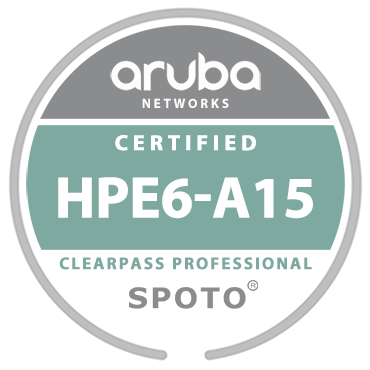
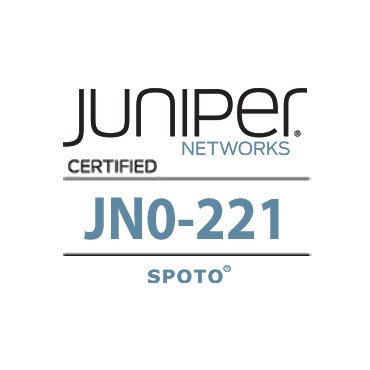

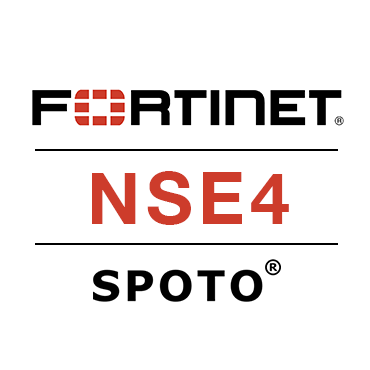
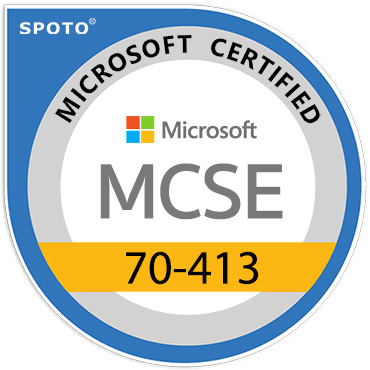

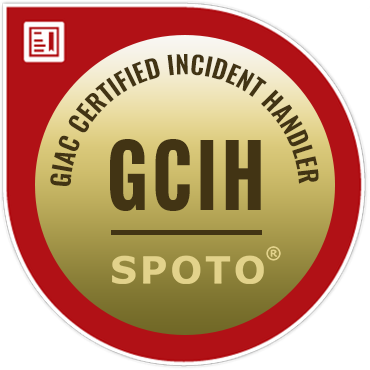

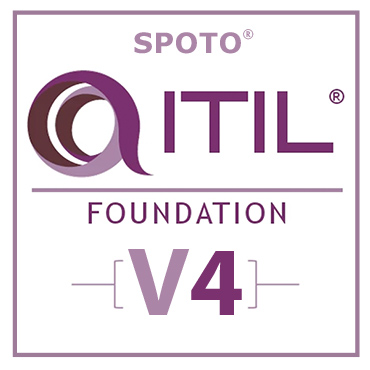
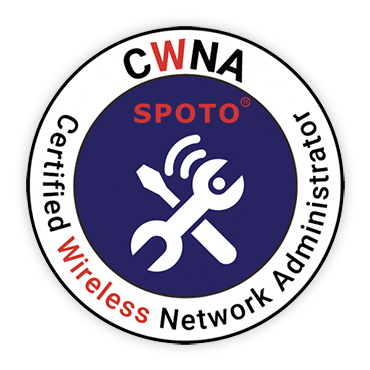




Comments